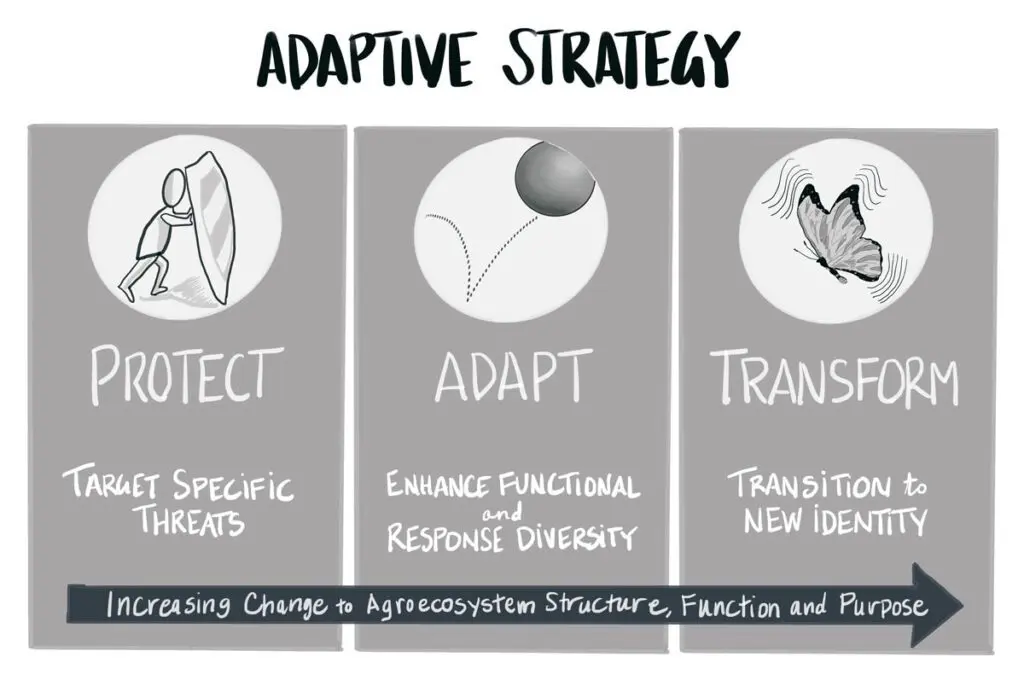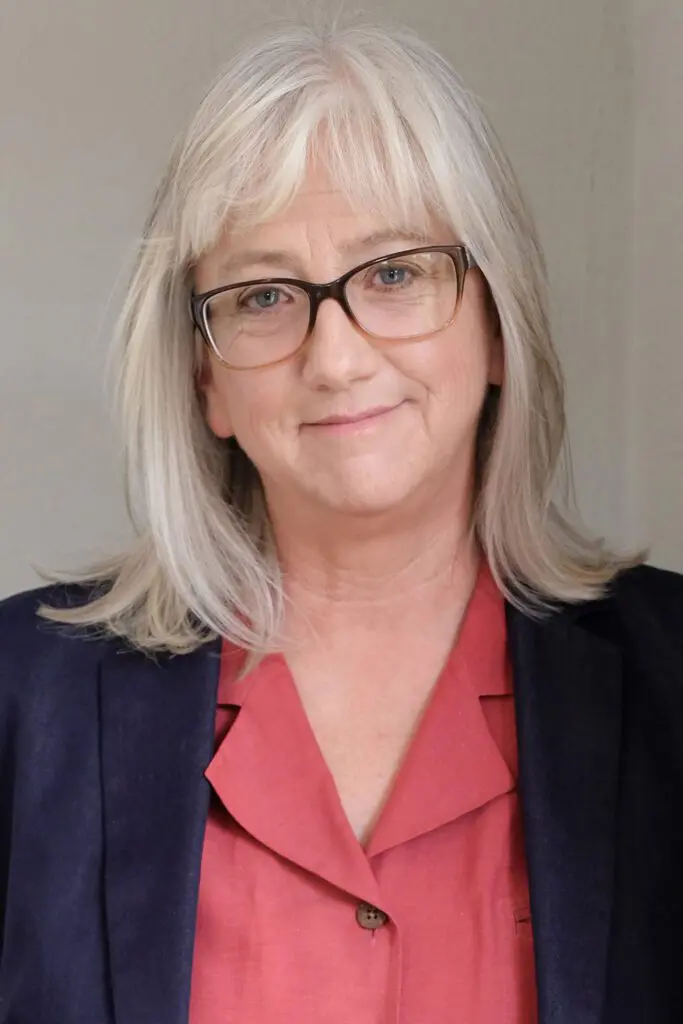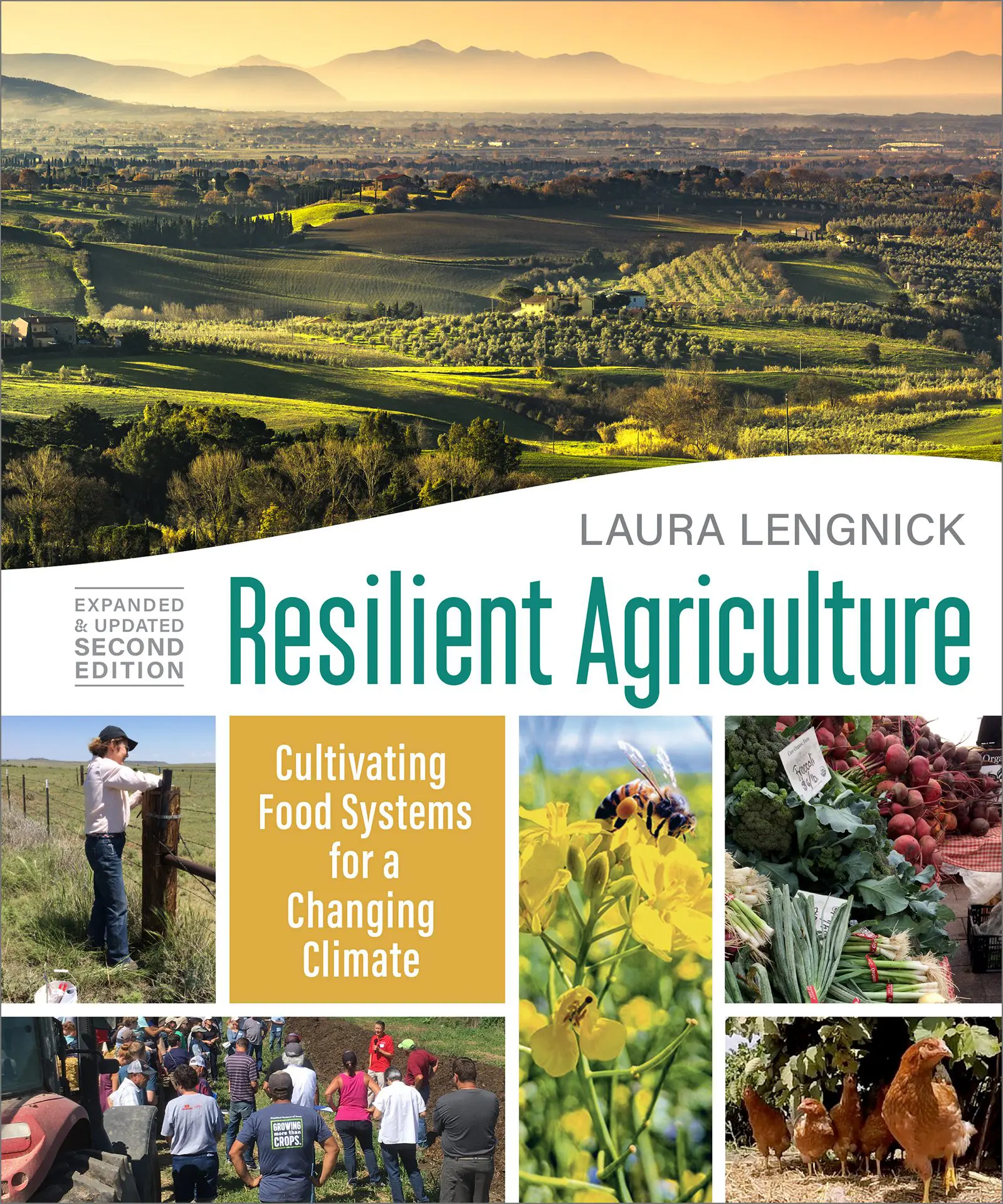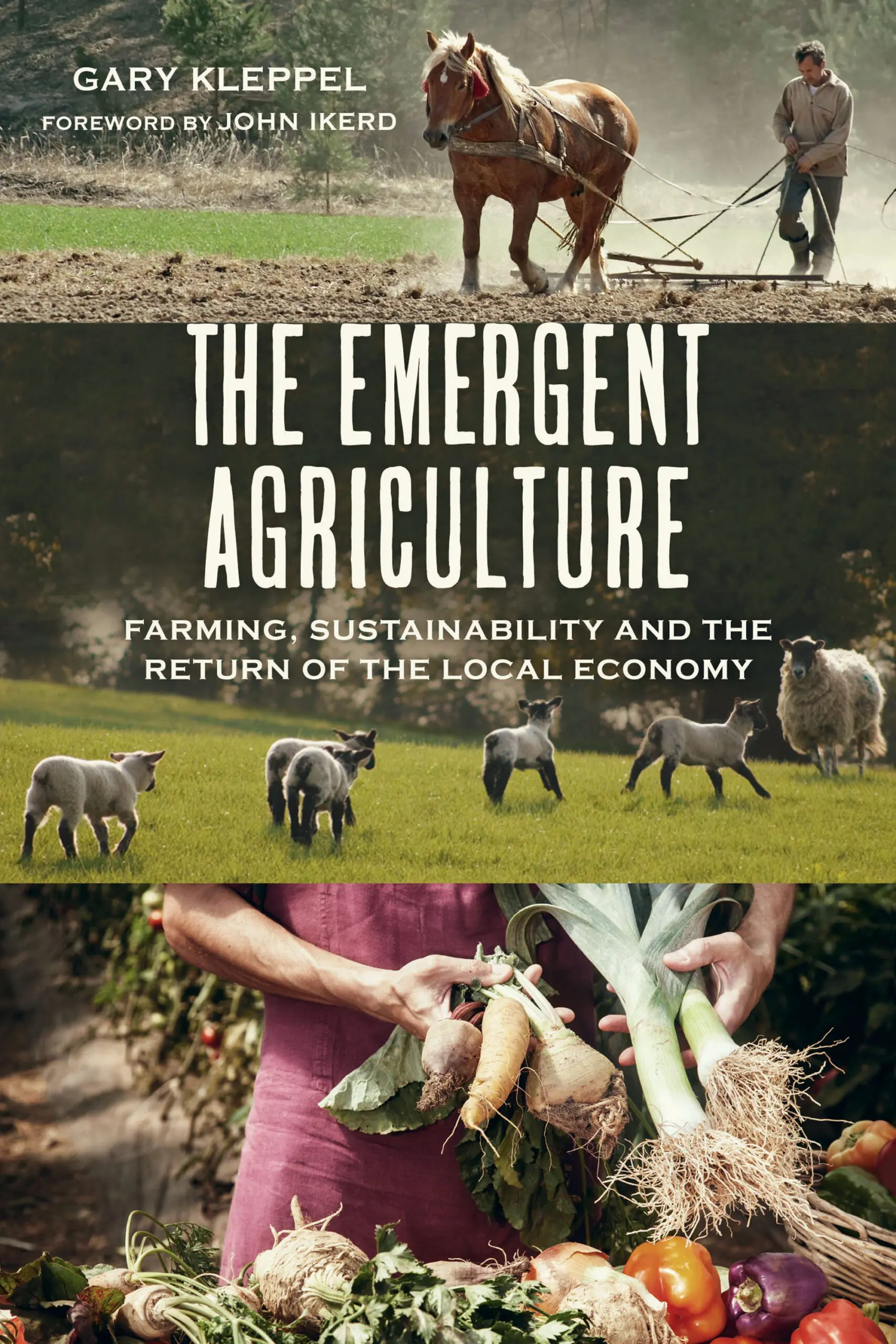
Is there a secret to resilient systems? Laura Lengnick believes there are key behaviors and characteristics in resilient systems that help them operate. In Resilient Agriculture, Second Edition, she outlines these key elements into three rules. They are:
- Cultivate diverse networks of reciprocal relationship
- Cultivate regional self-reliance
- Cultivate the accumulation of community-based wealth.
But if a community has regional self-reliance, what is the purpose of community-based wealth? Today, we explore the third rule of Laura Lengnick’s rules of resilience to understand why community-based wealth is a necessary factor of fully functioning resilient systems.
Accumulation of Community-Based Wealth
The third rule of resilience invites us to remember that community- based wealth provides the resources that are needed to sustain community well-being over the long term. This rule directs our attention to the amount, diversity and quality of resources—natural, human, social, financial and physical—held within a community to cope with, adapt to or innovate in response to stress, disturbance, shocks or new opportunities. A healthy natural resource base enhances the functional and response diversity of the community. High-quality human and social resources support the innovation capacity required to sustain community well-being in challenging conditions. Financial and physical resources provide the necessary tools, equipment and technologies to put innovative solutions into action and to recover from damaging events.
It should be obvious by now that the third rule of resilience requires completely rethinking the meaning of wealth. “Community-based” begins to express this difference of wealth in a broader sense—wealth that goes beyond financial assets to include all of the resources that promote the well-being of community. It turns out that this is a very old idea. My ancestors expressed this idea nearly a thousand years ago as “the commonweal,” a Middle English word that invites us to remember that “wealth” originally meant “well-being,” and that well-being is centered in community. The third rule reminds us that resilience requires attention to the commonweal, which means “the public good, the general welfare of the nation or community.” Commonweal eventually evolved into the word commonwealth to describe an alliance of communities working for the general welfare of the whole.
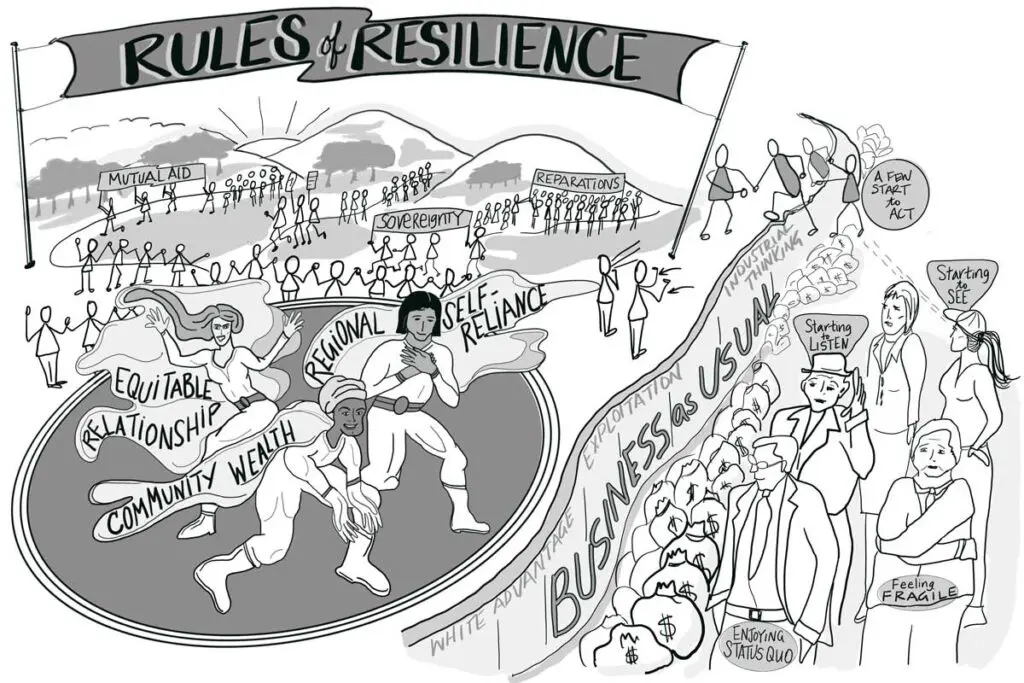
The third rule of resilience demands that we find new ways to think, talk about and measure community-based wealth. Over the last 50 years, organizations promoting community sustainability have created many useful resources to support community design and management that are well-aligned with the third rule, including resources developed to promote community-based sustainable food and farming. More recently regenerative economics, a new kind of economics based on the flow patterns cultivated by healthy ecological relationships, offers a completely new way to think about community well-being.
Three hundred years of industrial exploitation of land and people have left many communities throughout our nation facing growing climate risks with diminished resources. Climate resilience planners have recently begun to acknowledge the unique resilience challenges of these so-called frontline communities—historically underserved communities of Indigenous, Black, minority and rural people—and have responded with assessments and planning efforts that typically include targeted economic development incentives, reparation initiatives and locally-led resilience assessment, planning and implementation. Although the motivation for these new investments is to enhance the resilience of the commonweal, they also represent an example of the kind of unique opportunities for healing the wounds of industrialism that we will find on the path to a resilient future.
